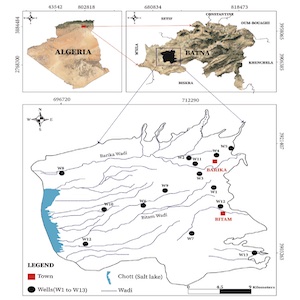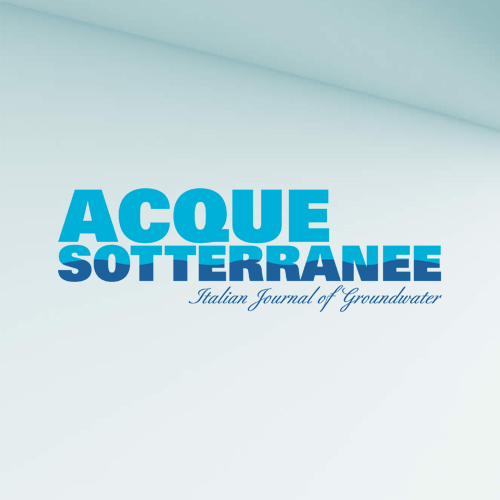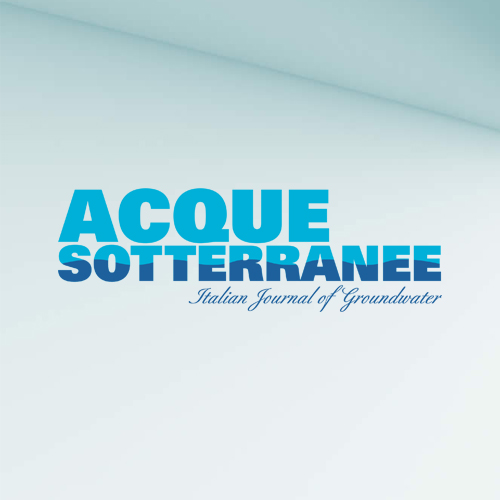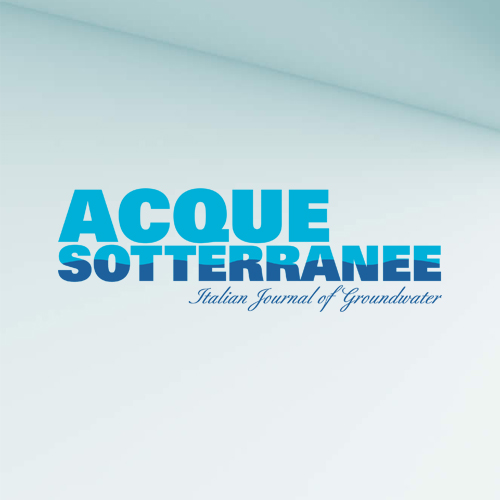Hydrogeochemical evolution and mineralization origin in a semi-arid shallow aquifer: a case study of the Barika area in northeast Algeria

Accepted: 8 May 2023
All claims expressed in this article are solely those of the authors and do not necessarily represent those of their affiliated organizations, or those of the publisher, the editors and the reviewers. Any product that may be evaluated in this article or claim that may be made by its manufacturer is not guaranteed or endorsed by the publisher.
Authors
Most Middle Eastern and North African regions are characterized by an arid and semi-arid climate. As such, the drinking water supply and management have become a challenging task for local and regional authorities. The Mio-Plio Quaternary aquifer of the Barika area is the only drinking and irrigation water reservoir in the region. The objective of this paper is to identify the origin and evolution process of the groundwater mineralization of this aquifer using major elements as indicators. To achieve this objective water samples were collected, from several boreholes drilled in the aquifer, in June 2018 and March 2019, and subsequently analyzed. The results obtained in terms of Gibbs plot, Piper, chemical correlation, and statistical analysis of chemical data identified the origins of groundwater mineralization. The dissolution of evaporated minerals, precipitation of carbonates, evapotranspiration, and ion exchange reactions have been identified as the primary processes of mineralization. The results of the physicochemical analysis showed that these waters consisted mainly of chloride, calcium sulfate, and magnesium facies types with a slight change of facies in some boreholes during the two sampling periods. This is due to the interactions with the-aquifer geology and to the water scarcity caused by climate change.
Supporting Agencies
MGRE LABORATORY Batna 2 UniversityHow to Cite

This work is licensed under a Creative Commons Attribution-NonCommercial 4.0 International License.
PAGEPress has chosen to apply the Creative Commons Attribution NonCommercial 4.0 International License (CC BY-NC 4.0) to all manuscripts to be published.
Similar Articles
- Lucia Mastrorillo, Roberto Mazza, Stefano Viaroli, Recharge process of a dune aquifer (Roman coast, Italy) , Acque Sotterranee - Italian Journal of Groundwater: Vol. 7 No. 4 (2018)
- Anna Vladimirovna Novopashina, Elena Alexandrovna Kuz'mina, Influence of crustal fracturing on the thermal springs and earthquake swarms distribution in the north-east part of the Baikal rift system (Russia) , Acque Sotterranee - Italian Journal of Groundwater: Vol. 8 No. 2 (2019)
- Paolo Cerutti, Moreno Fattor, [A step for geothermal heat-exchange regulation in Italy: the Ministerial Decree 30/09/2022] , Acque Sotterranee - Italian Journal of Groundwater: Vol. 11 No. 4 (2022)
You may also start an advanced similarity search for this article.


 https://doi.org/10.7343/as-2023-624
https://doi.org/10.7343/as-2023-624










